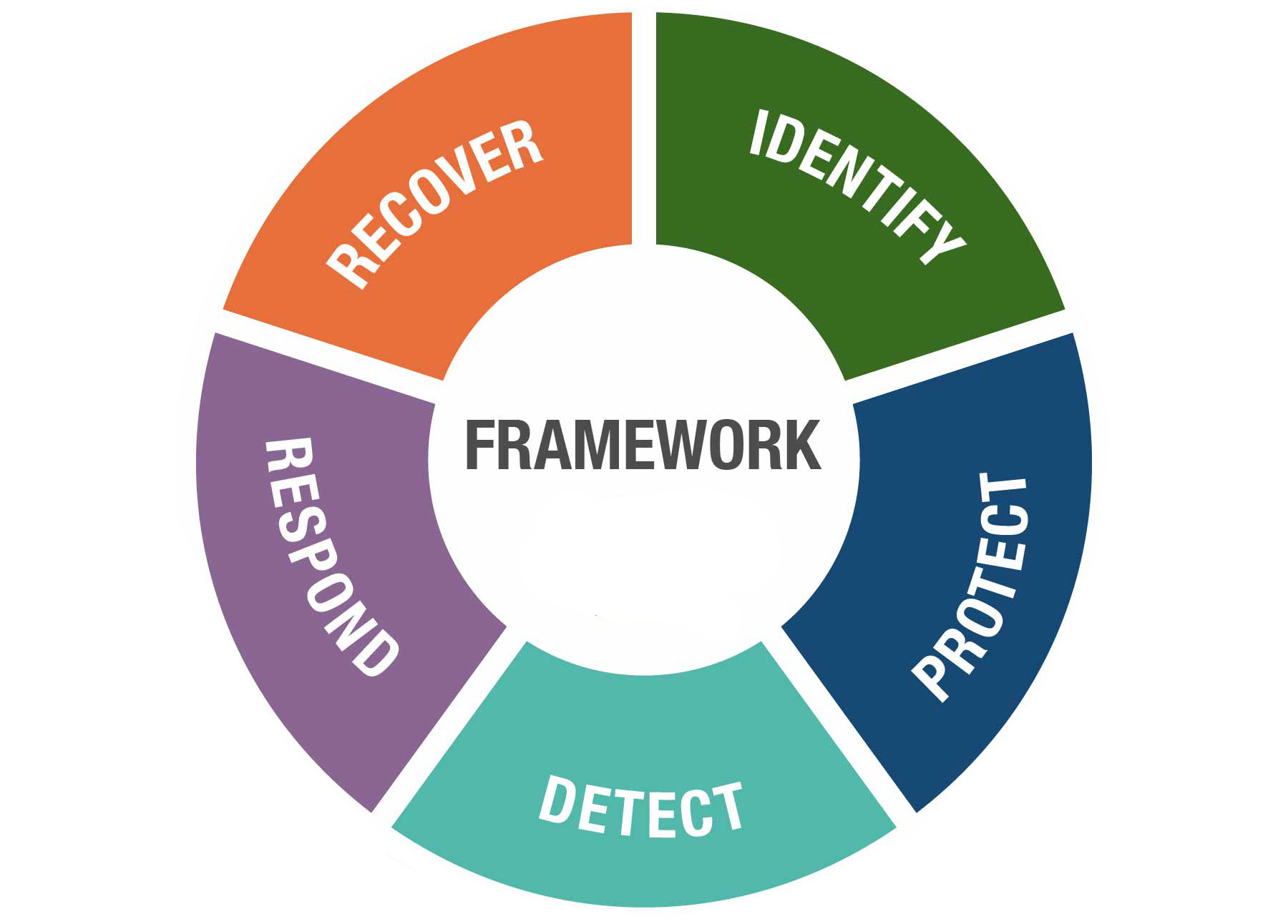Best Practices for Cyber Incident Response and Reporting
Cyber incidents and data breaches continue to occur across the globe, targeting organizations across all industries and sectors. The worldwide monetary loss to cybercrime is measured in the hundreds of billions. The rise of e-commerce and complex supply chains, mixed with the increasingly sophisticated tools used by cybercriminals creates a challenge for cybersecurity.
A comprehensive and integrated approach to cybersecurity with organized cyber incident response policies is the best defense. An organization cannot anticipate every disruption or prevent every cyber incident. Organizations must anticipate an evolving risk environment and be prepared to respond at a moment's notice when a disruption occurs.
BEFOREUnderstand
Prepare
|
DURINGExecute
|
AFTERDebrief
|
Information provided by the United States Secret Service Cybercrime Investigations. This guide does not constitute legal advice and is only for reference purposes. Click here to view the entire US Secret Service Cyber Preparedness Chart.
